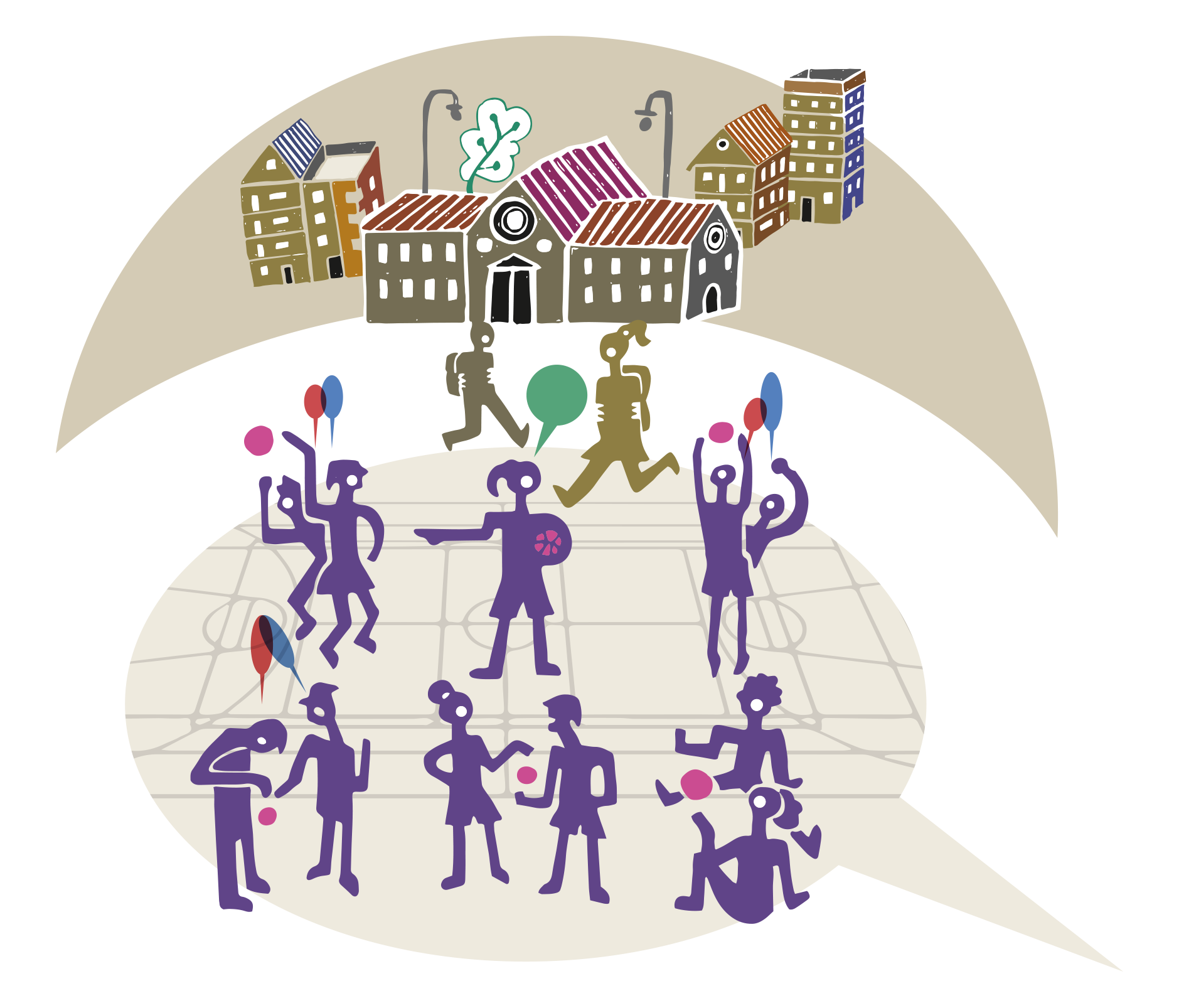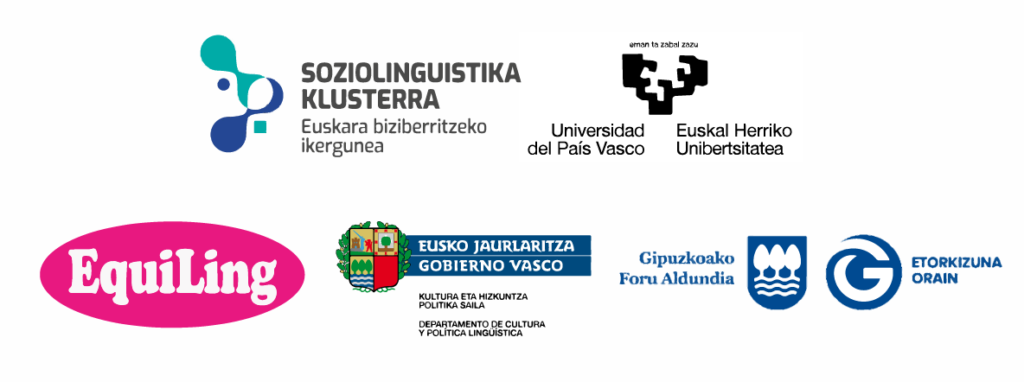Anchored in space and time, clubs reflect their time and their environment. The features of sport today are reflected in the club. But they are more than mirrors of society. In order to maintain, run, direct or promote the club, a range of processes are devised and implemented. Clubs can be presented as creators of culture, as social agents.

Some create and use their own playing style. Many establish a strategic plan to guide the club, with criteria and rules for working. They design onboarding plans for new arrivals (whether local or from elsewhere). They have protocols about respect, and decalogues reflecting the club’s commitments. Some have painted their values on the wall, so that the educational side of clubs is there on an everyday basis. Some attitudes or behaviours are not acceptable. Children and young people, trainers and – on another level – parents are the main target audience of this work.
But clubs’ influence also has an external dimension. As well as what is projected on the playing field and in competition, clubs’ online dimension is becoming increasingly important because today the club’s everyday life also takes place there. Communication and (self-) image have become a concern for sports clubs. Websites and social networks are the main communication tools, often more than traditional media. Different functions are given to this online environment: giving information about the club, announcing results and news, communicating with fans and sponsors. A click, a tweet… the job of dissemination seems simpler than ever but, at the same time, in practice it proves complex. This is why most clubs are working on this job and on professionalising it.
The online environment has also colonised internal communication. And there, the WhatsApp app rules. In every club there are endless WhatsApp groups, and this has led in part to a breakup of the unitary discourse. There is also a feeling that internal communication is not worked on as hard as external communication, and in this sphere new tasks and obligations are emerging.

